MEXICO CITY (AP) — Juan Chiu Trujillo was 5 years old when he left his native Mexico for a visit to his father's hometown in southern China. He was 35 when he returned.
As Chiu vacationed with his parents, brother and two sisters in Guangdong province, Mexico erupted into xenophobia fueled by the economic turmoil of the Great Depression and aimed at its small, relatively prosperous Chinese minority. Authorities backed by mobs rounded up Chinese citizens, pressured them to sell their businesses and forced many to cross into the United States.
Unable to return to their home, hotel and restaurant in the southern border city of Tapachula, the Chius stayed in China and began a new life.
Chiu's father took a job at a relative's bakery and his children began learning Chinese. But their life was soon turned upside down as China was invaded by the Japanese, endured World War II and then suffered a civil war that led to a victory by communist forces that persecuted religious people. In 1941, the family fled to Macau, then a Portuguese colony.
They never stopped dreaming of Mexico, and Juan Chiu Trujillo returned in November 1960. He came back with his pregnant wife and four children and with 300 other Chinese-Mexicans after President Adolfo Lopez Mateos, trying to improve Mexico's global image, paid for their travel expenses and decreed that they would be legally allowed to live in Mexico. They were eventually granted Mexican citizenship.
Dozens of those Chinese-Mexicans and their descendants planned a gathering Saturday at a Chinese restaurant in Mexico City to celebrate for the first time the anniversary of their return, share memories and pay tribute to the late Lopez Mateos, who was being represented by his daughter.
For many, the commemoration has brought reflection on their status as Chinese-Mexicans. It's a group that feels deeply Mexican but also has been scarred by persecution by their countrymen and still faces ethnic prejudice, despite growing acceptance.
"I thought: 'My children need to know this history. They need to know where we come from, and they need to know how much hard work it has taken for us to be here,'" said Chiu's youngest son, Ignacio Chiu Chan, a 46-year-old lawyer.
Chiu Chan began a Facebook page to share photographs of the repatriation that he found in his father's photo albums and to collect the stories of other Chinese-Mexicans who were brought back by Lopez Mateos. So far, more than 260 people have joined his page, sharing images and recounting family stories.
Chiu Chan, who is married to a Mexican woman of Spanish and Indian descent and has four children, said he struggled with his identity while growing up because of bullying and got into several fights because of name calling.
He was a young bachelor when a group of elders invited him to lunch at a restaurant in Mexico City's tiny Chinatown. Three young women were at the table and he was asked to say which one he would like to marry.
"I thought, 'What are these dudes talking about?'" he recalled. "For the first time I felt Mexican and thought, 'I don't belong to this.'"
Large numbers of Chinese began arriving in northern Mexico in the late 1800s, drawn by jobs in railroad construction and cotton. The country represented a haven from the United States, which had passed the Chinese Exclusion Act, an 1882 law that banned Chinese immigration.
But from the moment they began to arrive, they faced racism, which was exacerbated during the 1910-17 Mexican Revolution and its aftermath, when the country was trying to build a national identity that celebrated the mixture of Indian and Spanish cultures.
Mexican women who married Chinese men were considered traitors, and in some cases families disowned them. With the Great Depression, large numbers of destitute Mexicans began returning home from the United States and resentment about the financial success of Chinese people grew.
"Even though there was a small number of Chinese people, their economic prowess and their position in the labor force made them a threat," said Fredy Gonzalez, a Ph.D. candidate in history at Yale University who is studying the repatriations.
In the northern border state of Sonora, anti-Chinese leagues formed and thousands of Chinese were taken to the border with the U.S. and forced to cross. Because of the Chinese Exclusion Act they were immediately detained by U.S. immigration officials and sent to China.
In 1930, Mexico had 18,000 Chinese citizens and Mexicans of Chinese descent. By 1940, there were only 4,800, Gonzalez said.
Today, there are at least 70,000 Chinese citizens and Chinese-Mexicans in the country, according to a report in 2008 by the Foreign Relations Department.
In China, Chiu Trujillo's Mexican mother spoke to her children in Spanish and often sang Mexican ranchera songs so loudly that she could be heard all around the stream where she washed the family's laundry.
Their mother also instilled in her children devotion for the Virgin of Guadalupe, Mexico's patron saint.
"We would recite the rosary in Spanish, she would teach us," Chiu, 87, remembered during an interview in his small apartment in Mexico City's rough La Merced neighborhood, its walls decorated with images of the Virgin of Guadalupe and Jesus Christ, a couple of Chinese calendars and lots of family photographs. "She would tell us, don't forget you are Catholics, don't lose your religion."
Three years after his mother and two siblings returned, Chiu, his pregnant Chinese wife and four children finally were flown to Mexico.
After working at his brother's grocery store in the Gulf coast state of Veracruz, he decided to move to Mexico City, where he worked as a cook and eventually opened his own cafeteria.
"I was able to give my sons an education. The boys all graduated from college," Chiu said. "The oldest is an accountant, the second is a chemist, the third is a mathematician, and the young one is a musician."
Chiu said he always felt more Mexican than Chinese.
"I have always thought that wherever you can find tranquility, that's where your home is," he said.
Sent by Dorinda Moreno pueblosenmovimientonorte@gmail.com
and John Inclan fromGalveston@yahoo.com


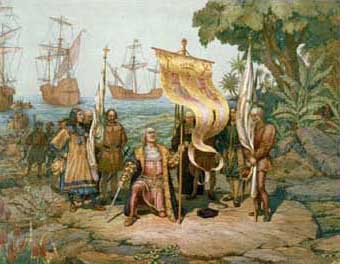 How then, have we gotten to the point that everything we have done for
220 years in this Country is now suddenly wrong and Unconstitutional?
How then, have we gotten to the point that everything we have done for
220 years in this Country is now suddenly wrong and Unconstitutional?
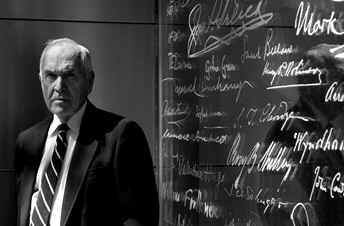
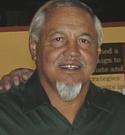 The 2013 Raza Peace & Historical Calendar is now available. This year it is all in color and it is the 22nd year that it has been published by Luis I. Quiñones, Ph.D. The calendar (11 x 17) has historical listings with an important social justice perspective in English for each day, plus a dicho (proverb) in Spanish. This represents 40 years of research. It's great for everyone - professors, teachers, activists, and students...and it’s the only one of its kind. It will be a source of conversation in your office (hey, they’ll love it in Arizona, Alabama, Georgia, etc., huh?) You’ll love it, too. The 2013 Raza Calendar features beautiful Raza murals in color from San Diego, CA; Silver City, NM; Austin, TX; Las Vegas, NM; Anthony, NM; East Los Angeles, CA; Charley Trujillo from San José, CA; Raza Unida Party; Reies López Tijerina; Javier Sicilia’s anti-Drug War caravan, Pablo Herrera of Las Gorras Blancas, youth protesting militarism y mucho mas!
The 2013 Raza Peace & Historical Calendar is now available. This year it is all in color and it is the 22nd year that it has been published by Luis I. Quiñones, Ph.D. The calendar (11 x 17) has historical listings with an important social justice perspective in English for each day, plus a dicho (proverb) in Spanish. This represents 40 years of research. It's great for everyone - professors, teachers, activists, and students...and it’s the only one of its kind. It will be a source of conversation in your office (hey, they’ll love it in Arizona, Alabama, Georgia, etc., huh?) You’ll love it, too. The 2013 Raza Calendar features beautiful Raza murals in color from San Diego, CA; Silver City, NM; Austin, TX; Las Vegas, NM; Anthony, NM; East Los Angeles, CA; Charley Trujillo from San José, CA; Raza Unida Party; Reies López Tijerina; Javier Sicilia’s anti-Drug War caravan, Pablo Herrera of Las Gorras Blancas, youth protesting militarism y mucho mas! 
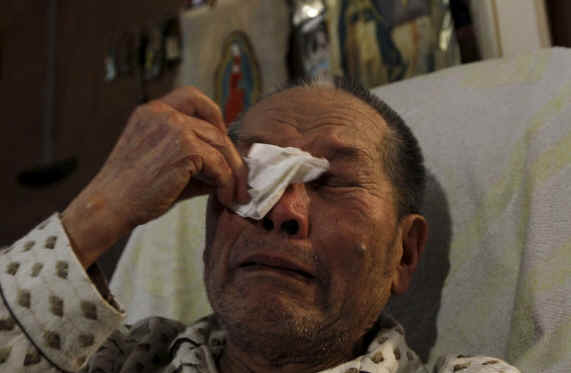
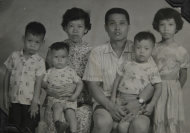
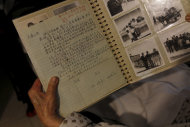
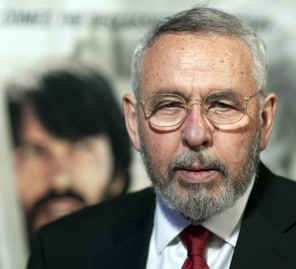 Antonio
"Tony" Mendez is an American hero of Mexican ancestry whose
exploits are dramatized in the movie Argo. He was awarded the
Intelligence Star for Valor for his role in the rescue. He retired with
the rank of SIS-2, the equal to a two star General in the military. He
was also awarded the CIA's Intelligence Medal of Merit as well as the
Intelligence Star and two Certificates of Distinction. Antonio Mendez
was one of fifty officers awarded the Trailblazer Medallion from among
all officer in the history of the CIA.
Antonio
"Tony" Mendez is an American hero of Mexican ancestry whose
exploits are dramatized in the movie Argo. He was awarded the
Intelligence Star for Valor for his role in the rescue. He retired with
the rank of SIS-2, the equal to a two star General in the military. He
was also awarded the CIA's Intelligence Medal of Merit as well as the
Intelligence Star and two Certificates of Distinction. Antonio Mendez
was one of fifty officers awarded the Trailblazer Medallion from among
all officer in the history of the CIA.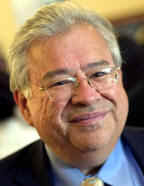 Moctesuma
Esparza is an award-winning producer, entertainment executive,
entrepreneur and community activist. He is CEO of Maya Cinemas, a first
run mainstream theater chain in the United States principally located in
and serving Latino communities , and a partner of Robert Katz in the
company Esparza/Katz Productions. He has produced over thirty films, and
has won over 200 awards. He is the producer of such films as the Ballad
of Gregorio Cortez (1981), Selena (1997), The Milagro Beanfield War
(1988), Gettysburg (1993), Teddy Roosevelt and the Rough Riders (1997),
Introducing Dorothy Dandridge (1999), Gods and Generals (2003) and
Walkout (2006). A participant in the 1960s-era movement for the civil
rights and equality of Mexican-Americans, Esparza remains committed to
public service, donating his time to educational, cultural, and
professional organizations, especially those that aim to educate Latinos
in business and media. He was born in Los Angeles, California and
received a B.A. of Theatre Arts-Motion Pictures, Television in 1971 and
a M.F.A. of Theatre Arts-Motion Pictures, TV in 1973 from the University
California Los Angeles. He can be reached at
Moctesuma
Esparza is an award-winning producer, entertainment executive,
entrepreneur and community activist. He is CEO of Maya Cinemas, a first
run mainstream theater chain in the United States principally located in
and serving Latino communities , and a partner of Robert Katz in the
company Esparza/Katz Productions. He has produced over thirty films, and
has won over 200 awards. He is the producer of such films as the Ballad
of Gregorio Cortez (1981), Selena (1997), The Milagro Beanfield War
(1988), Gettysburg (1993), Teddy Roosevelt and the Rough Riders (1997),
Introducing Dorothy Dandridge (1999), Gods and Generals (2003) and
Walkout (2006). A participant in the 1960s-era movement for the civil
rights and equality of Mexican-Americans, Esparza remains committed to
public service, donating his time to educational, cultural, and
professional organizations, especially those that aim to educate Latinos
in business and media. He was born in Los Angeles, California and
received a B.A. of Theatre Arts-Motion Pictures, Television in 1971 and
a M.F.A. of Theatre Arts-Motion Pictures, TV in 1973 from the University
California Los Angeles. He can be reached at 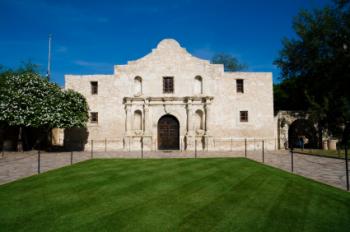




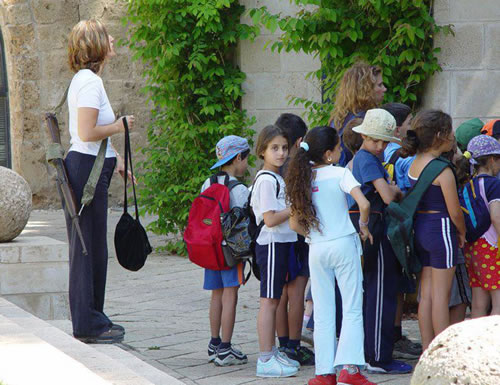
 NHBWA President Sahara Garcia welcomed attendees and spoke about the
organization’s initiatives and accomplishments. “We invite our
community partners to share our resources and events to assist future
or current businesswomen to succeed,” Garcia said.
NHBWA President Sahara Garcia welcomed attendees and spoke about the
organization’s initiatives and accomplishments. “We invite our
community partners to share our resources and events to assist future
or current businesswomen to succeed,” Garcia said.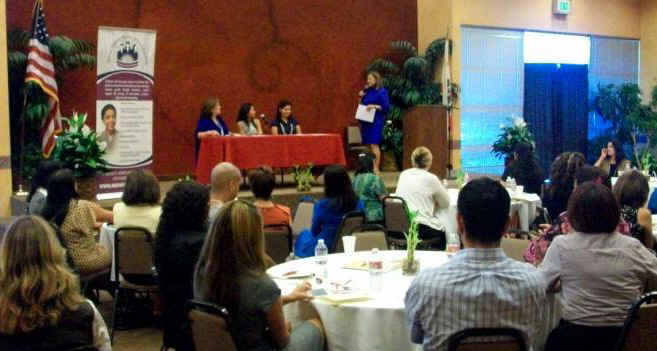
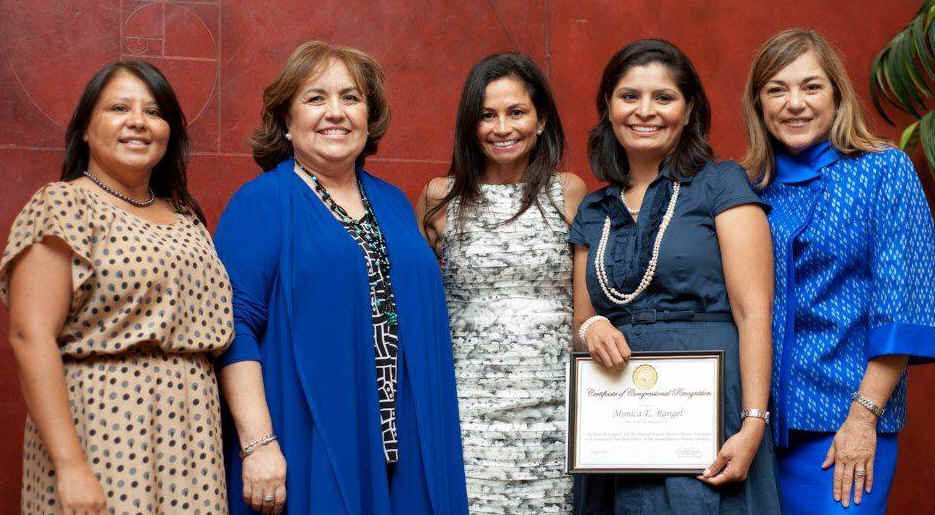


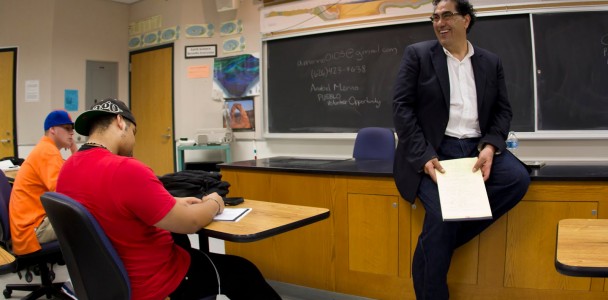
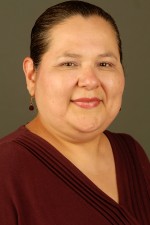
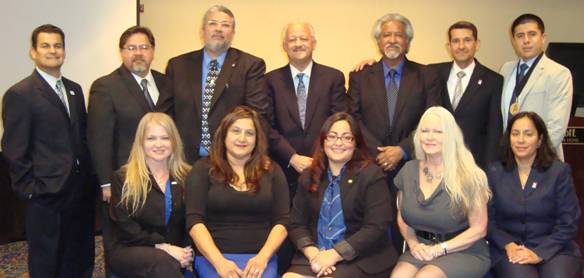

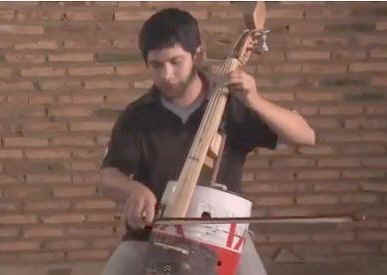
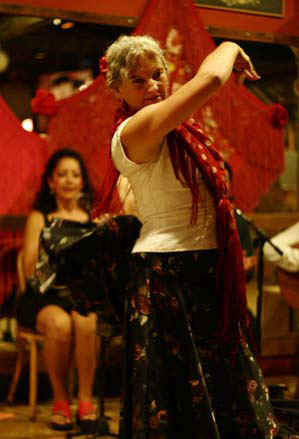
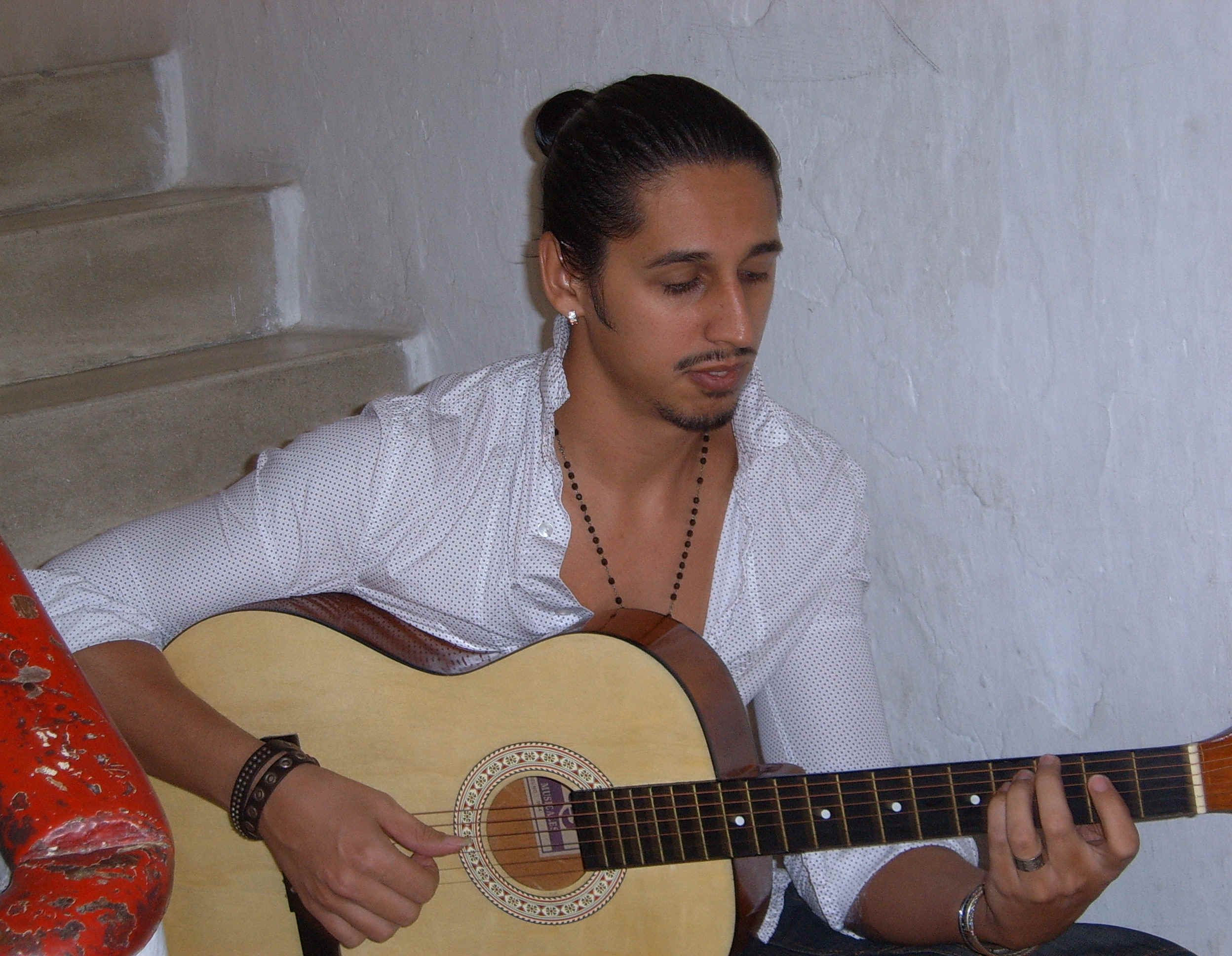
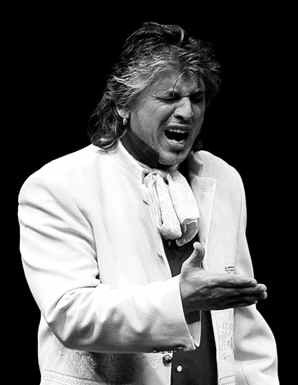

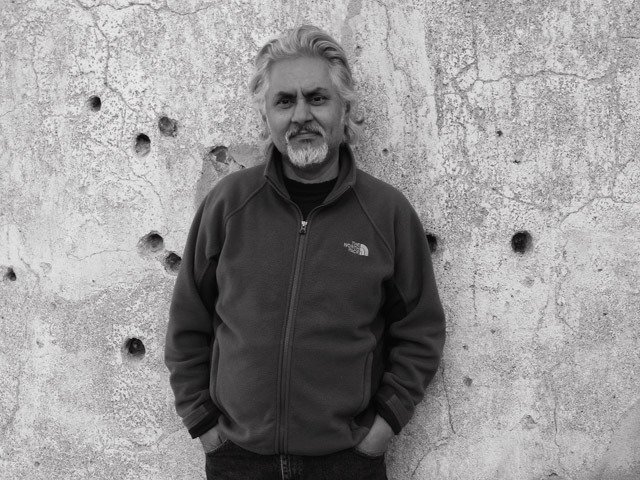
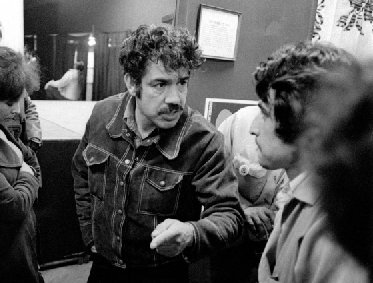
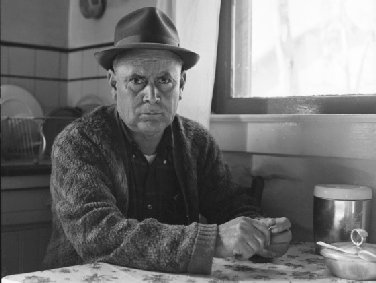
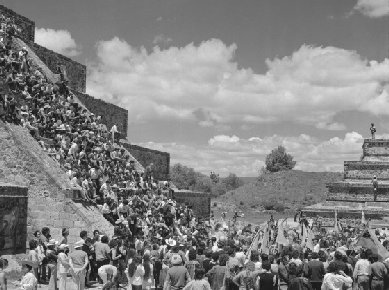
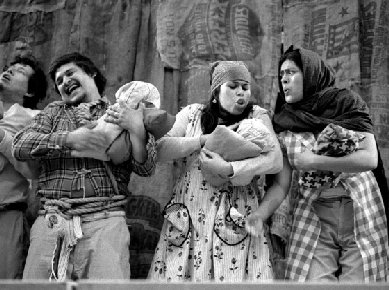
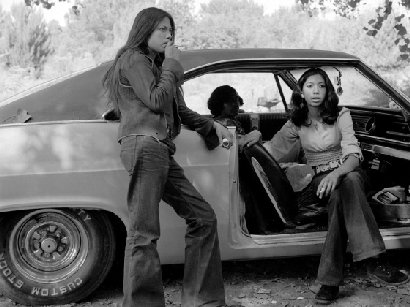
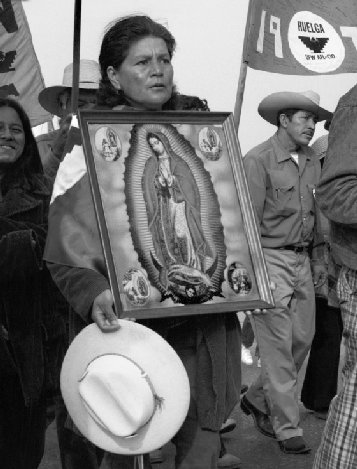
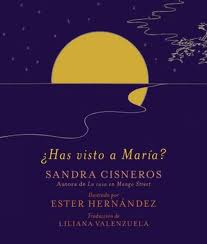

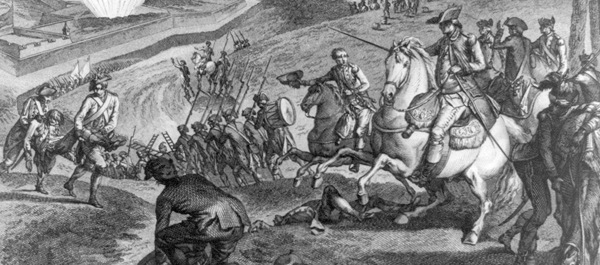
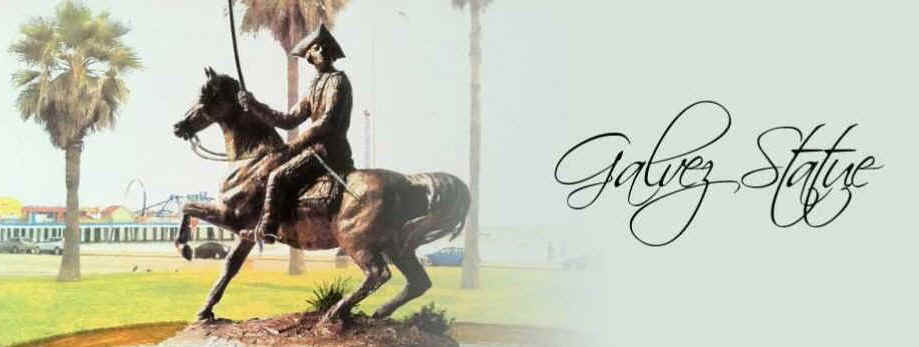
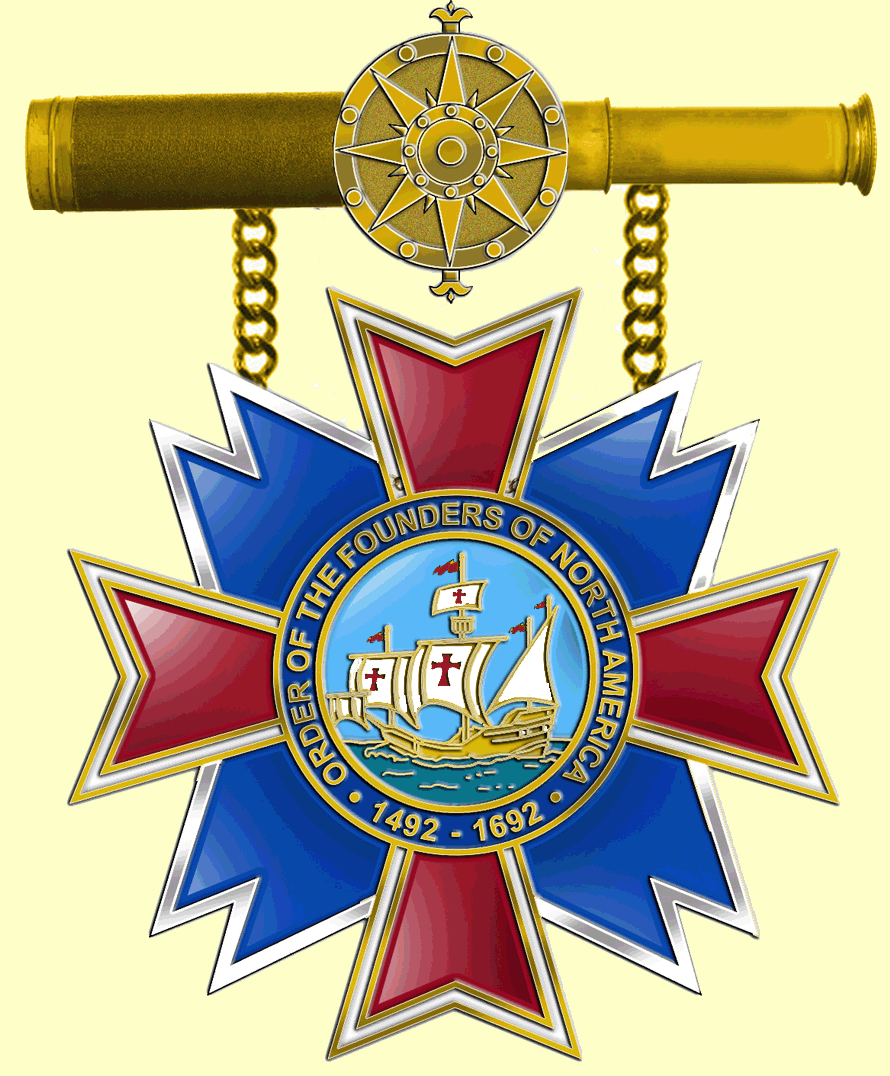

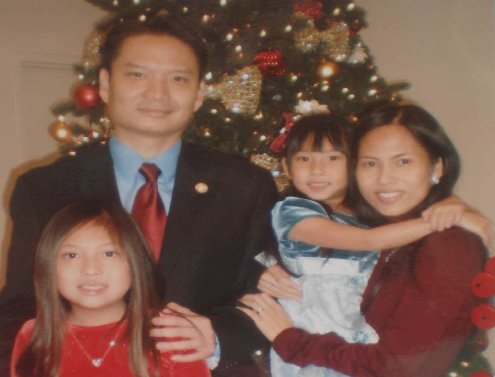

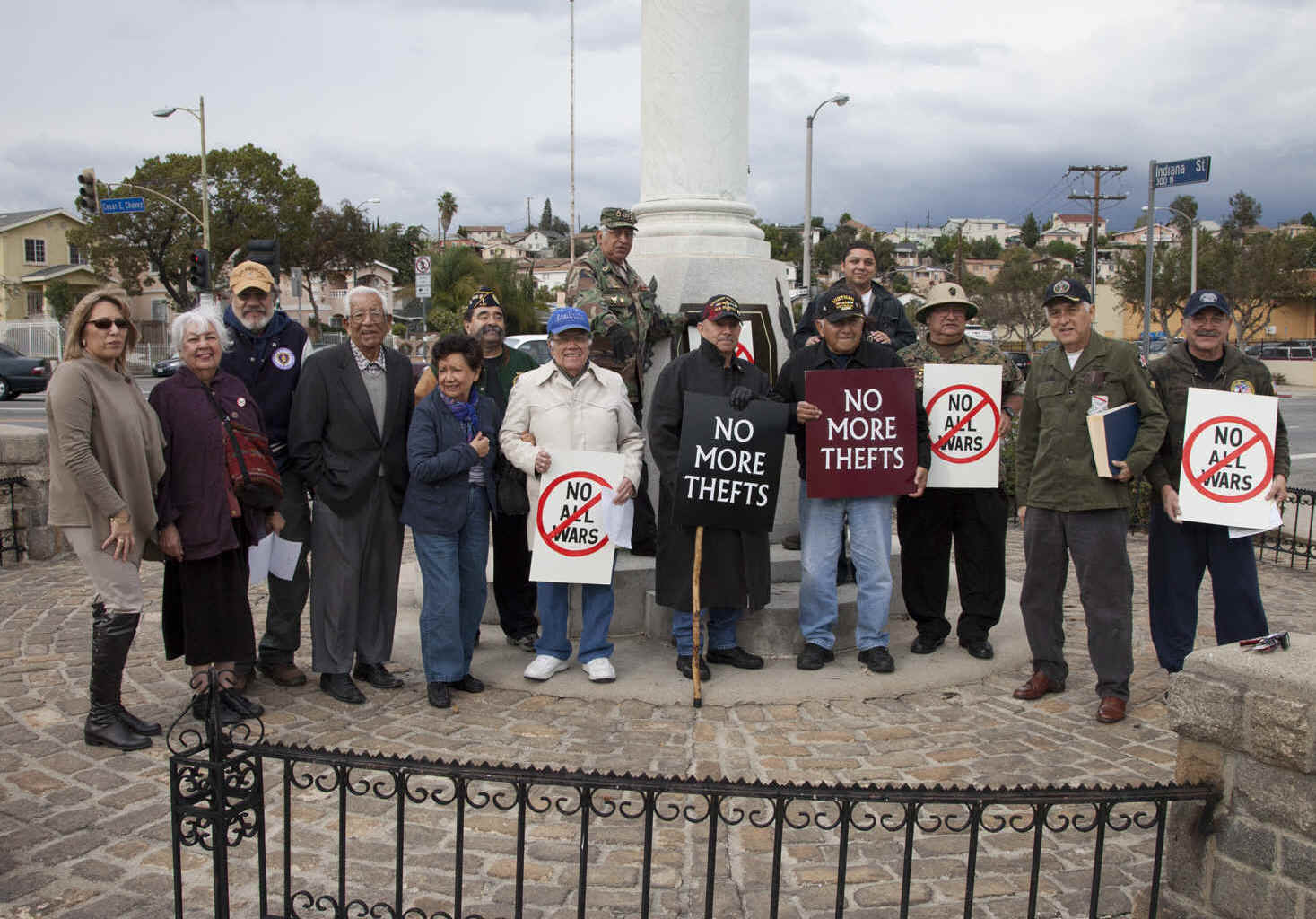
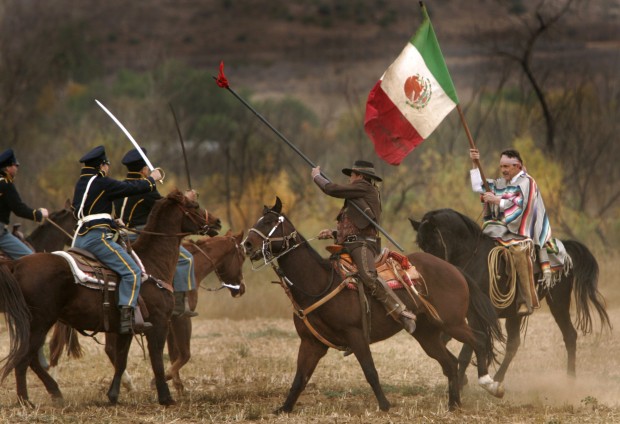
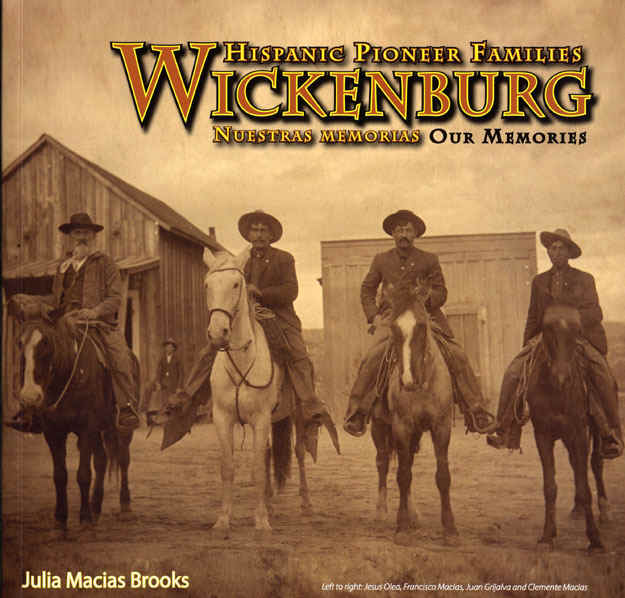



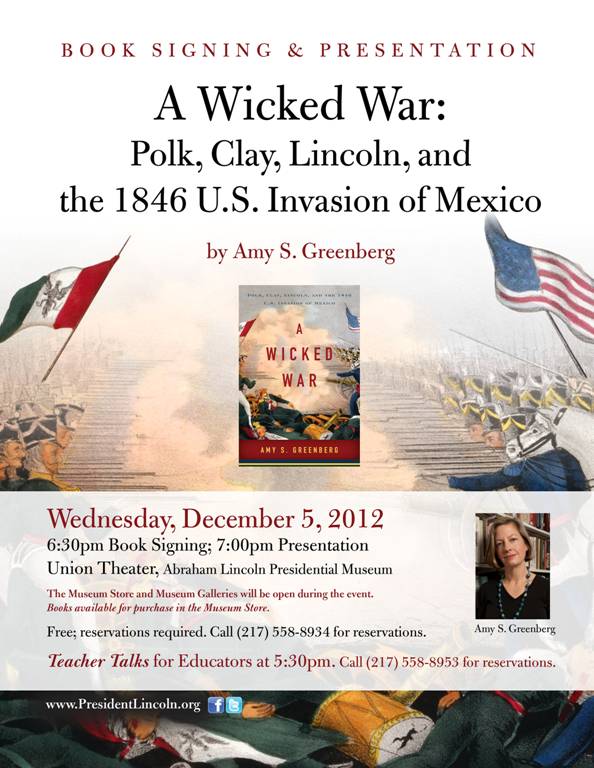
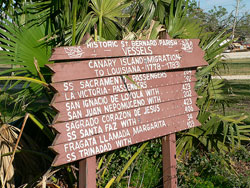
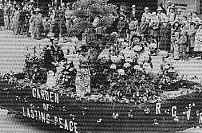 Perhaps the first Valley pioneer of Japanese
ancestry was Heishoro Miyamoto. After spending six years in Mexico he
was to purchase 20 acres of land near Mission, Texas. He had worked and
toured in the U.S. in 1908 or 1909 and was ambitious to get Japanese
investors to expand here. He was unable to do so and instead opened a
small nursery and introduced into the area the Satsuma orange, also
called mandarin. He returned to Mexico in 1925 but not before convincing
at least five Japanese men to immigrate to the area. One of these, Uichi
Shimotsu, has a special story that I shall relate later.
Perhaps the first Valley pioneer of Japanese
ancestry was Heishoro Miyamoto. After spending six years in Mexico he
was to purchase 20 acres of land near Mission, Texas. He had worked and
toured in the U.S. in 1908 or 1909 and was ambitious to get Japanese
investors to expand here. He was unable to do so and instead opened a
small nursery and introduced into the area the Satsuma orange, also
called mandarin. He returned to Mexico in 1925 but not before convincing
at least five Japanese men to immigrate to the area. One of these, Uichi
Shimotsu, has a special story that I shall relate later. 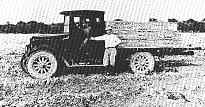 Remaining here however were Minoru Kawahata
and his wife Toku. They were first generation or Nisei while their
second generation American born children would call themselves nisei. By
1924 the Kawahatas were farming 1,000 acres of land, much adjacent to
the river. Various tragedies hit the family in the Depression era of the
1930s.
Remaining here however were Minoru Kawahata
and his wife Toku. They were first generation or Nisei while their
second generation American born children would call themselves nisei. By
1924 the Kawahatas were farming 1,000 acres of land, much adjacent to
the river. Various tragedies hit the family in the Depression era of the
1930s.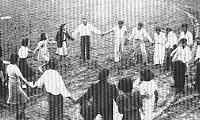 Rio
Grande Royals Social Club
Rio
Grande Royals Social Club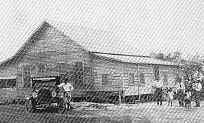 In the 1930s the Japanese Texans of the Valley
formed a social club named the Rio Grande Valley Royals. The idea for
its formation was that of Minoru Kawahata. At monthly meetings the
members socialized, played games, planned parties and picnics. A $16,000
clubhouse designed by a man named Chapman was eventually erected east of
Rangerville on FM 675.
In the 1930s the Japanese Texans of the Valley
formed a social club named the Rio Grande Valley Royals. The idea for
its formation was that of Minoru Kawahata. At monthly meetings the
members socialized, played games, planned parties and picnics. A $16,000
clubhouse designed by a man named Chapman was eventually erected east of
Rangerville on FM 675.  The early Valley Japanese got along well with their
Mexican-American employees and those Mexicans that crossed the river
daily to work the fertile fields along the Rio Grande. The Japanese
picked more than a modicum of the Spanish language as a matter of
necessity.
The early Valley Japanese got along well with their
Mexican-American employees and those Mexicans that crossed the river
daily to work the fertile fields along the Rio Grande. The Japanese
picked more than a modicum of the Spanish language as a matter of
necessity.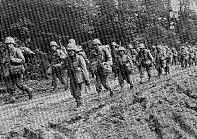 At a horrendous cost of lives the 442nd
succeeded in the assigned task. For their action they were proclaimed
honorary Texans by the men that they rescued. For all its engagements
the Team became the "most decorated regiment in the history of the
U. S. Army in relation to time spent in combat." One Valleyite
however would never bask in this glory, for Saburo Tanimachi was to die
in this battle. He is buried at Arlington National Cemetery. When Texans
learned of the heroic rescue efforts by the Japanese Americans, their
sometime hostile attitude to Japanese Americans noticeably lessened.
At a horrendous cost of lives the 442nd
succeeded in the assigned task. For their action they were proclaimed
honorary Texans by the men that they rescued. For all its engagements
the Team became the "most decorated regiment in the history of the
U. S. Army in relation to time spent in combat." One Valleyite
however would never bask in this glory, for Saburo Tanimachi was to die
in this battle. He is buried at Arlington National Cemetery. When Texans
learned of the heroic rescue efforts by the Japanese Americans, their
sometime hostile attitude to Japanese Americans noticeably lessened.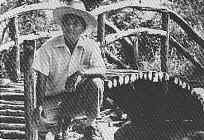 A story with a remarkable outcome was that of Isamu
Taniguchi. He was arrested early after the war commenced but was later
sent to Crystal City, Texas where he was reunited with his wife and two
sons until they were released in 1945. His other son, Alan, spent a year
in an Arizona relocation center before finding employment in Detroit
during the remainder of the war.
Isamu Taniguchiin Zilker Park
A story with a remarkable outcome was that of Isamu
Taniguchi. He was arrested early after the war commenced but was later
sent to Crystal City, Texas where he was reunited with his wife and two
sons until they were released in 1945. His other son, Alan, spent a year
in an Arizona relocation center before finding employment in Detroit
during the remainder of the war.
Isamu Taniguchiin Zilker Park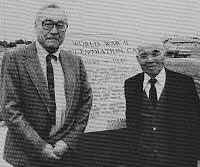 The family returned to California upon their
release but encountered residual hostility. Isamu had visited with K.
Tanamachi here in 1945 and decided to move to the Valley.
The family returned to California upon their
release but encountered residual hostility. Isamu had visited with K.
Tanamachi here in 1945 and decided to move to the Valley.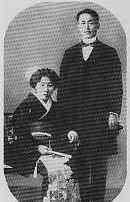 familiar for a foreign land filled with unknowns. Well, that is
exactly what Uichi Shimotsu did in 1904 when he left Japan to attend
the State Agricultural College of Colorado at Fort Collins. Perhaps
his appetite for the American experience had been whetted when he
attended the Presbyterian School in Japan.
familiar for a foreign land filled with unknowns. Well, that is
exactly what Uichi Shimotsu did in 1904 when he left Japan to attend
the State Agricultural College of Colorado at Fort Collins. Perhaps
his appetite for the American experience had been whetted when he
attended the Presbyterian School in Japan.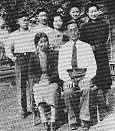 rom the Runn area the Shimotsus moved to the
El Jardin area of Brownsville. Finally through the advice and
assistance of a Mr. Ayama of San Benito, Uichi was able to find
suitable tenant farm land south of Rangerville and was successful
with his first 40 acres of potatoes. When son Harry returned in 1946
from two years service in the army in an all-Japanese segregated
unit, the family made its first land purchase of
rom the Runn area the Shimotsus moved to the
El Jardin area of Brownsville. Finally through the advice and
assistance of a Mr. Ayama of San Benito, Uichi was able to find
suitable tenant farm land south of Rangerville and was successful
with his first 40 acres of potatoes. When son Harry returned in 1946
from two years service in the army in an all-Japanese segregated
unit, the family made its first land purchase of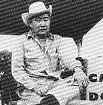 As Harry and Kenneth would jokingly remark,
"They attended Knox College i.e. the College of Hard
Knocks." Their siblings did however further their educations.
Dorothy received a BS degree from Texas Tech and later married a
rice farmer from the Houston area. Amy attended schools in Galveston
and Boston and received her Registered Nurse Degree. Calvin received
a BS degree from Baylor.
As Harry and Kenneth would jokingly remark,
"They attended Knox College i.e. the College of Hard
Knocks." Their siblings did however further their educations.
Dorothy received a BS degree from Texas Tech and later married a
rice farmer from the Houston area. Amy attended schools in Galveston
and Boston and received her Registered Nurse Degree. Calvin received
a BS degree from Baylor.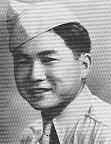 BACKGROUND:
When the U.S. entered World War II in December 1941, one of many
immediate issues to address was the possibility of enemy agents in
the country and the western hemisphere. As one response, tens of
thousands of Japanese Americans were moved away from the west coast.
A lesser-known response was an internment camp system operated by
the Department of Justice through the U.S. Immigration and
Naturalization Service that held Japanese, German, and Italian Enemy
Aliens. The Crystal City camp, converted from an existing migratory
labor camp, was the largest confinement site of its kind in the
U.S., built exclusively for families.
BACKGROUND:
When the U.S. entered World War II in December 1941, one of many
immediate issues to address was the possibility of enemy agents in
the country and the western hemisphere. As one response, tens of
thousands of Japanese Americans were moved away from the west coast.
A lesser-known response was an internment camp system operated by
the Department of Justice through the U.S. Immigration and
Naturalization Service that held Japanese, German, and Italian Enemy
Aliens. The Crystal City camp, converted from an existing migratory
labor camp, was the largest confinement site of its kind in the
U.S., built exclusively for families.
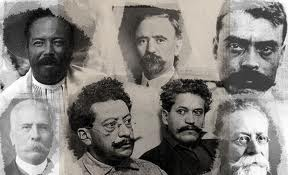
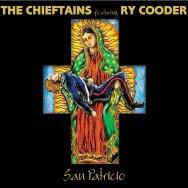

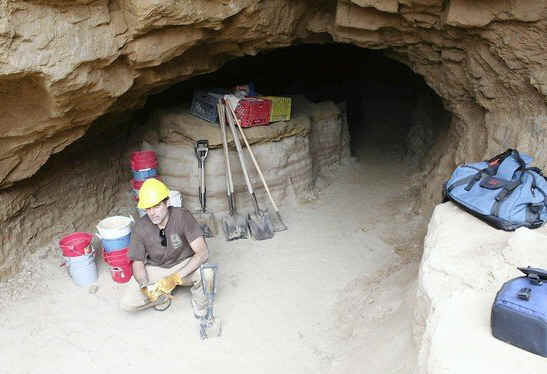
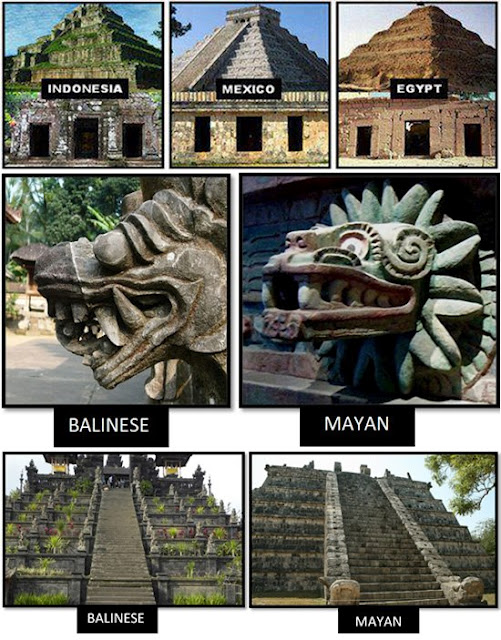

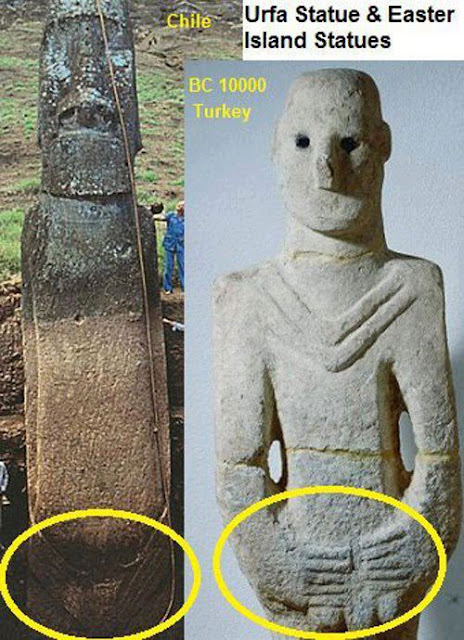
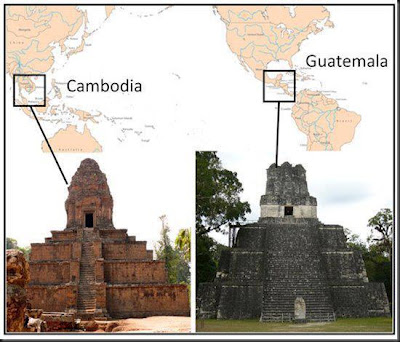

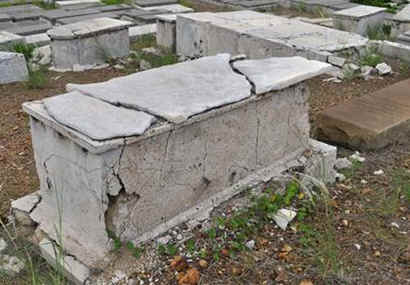
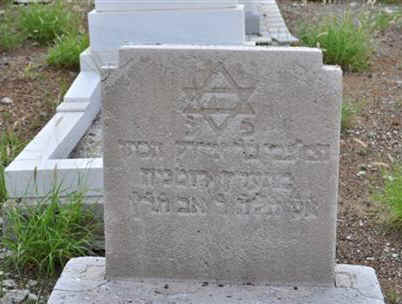
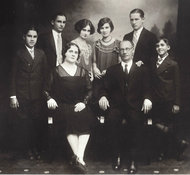

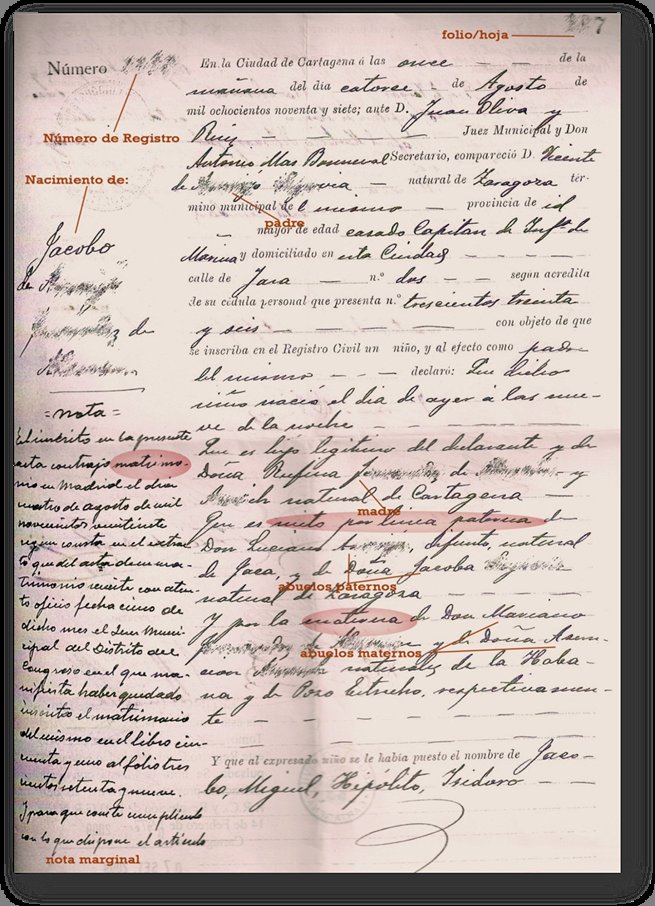

 "It
is striking that so much of the public sees the need for Christianity
to be taught properly," expressed Andrea Williams, who serves as
chief executive of
"It
is striking that so much of the public sees the need for Christianity
to be taught properly," expressed Andrea Williams, who serves as
chief executive of